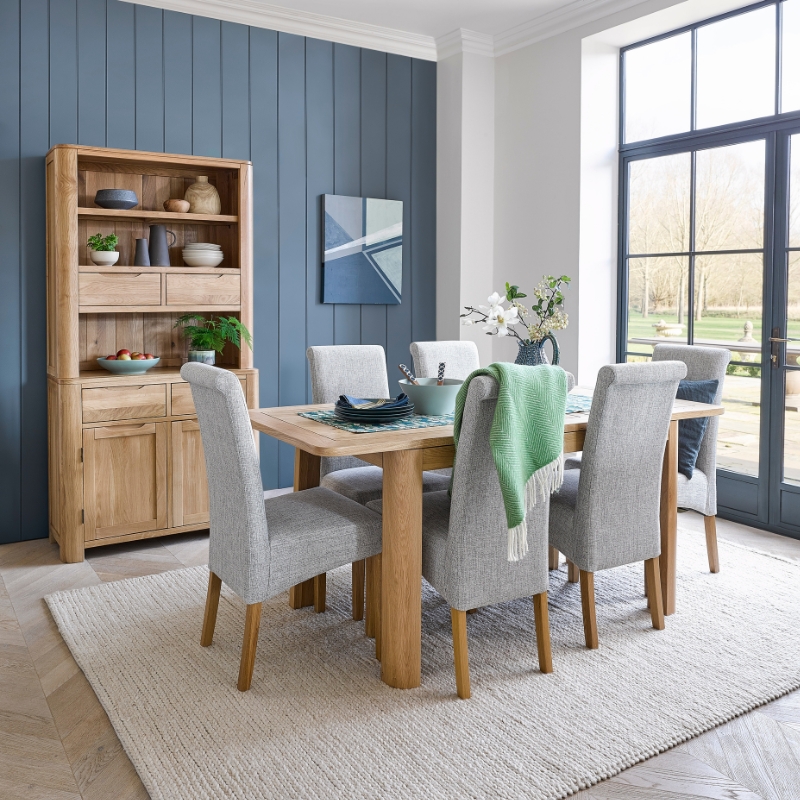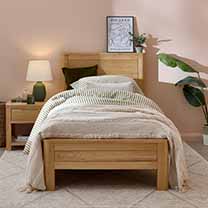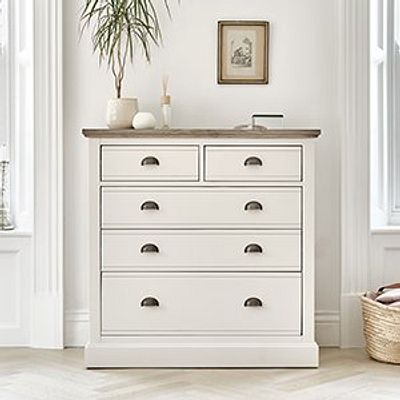-
 New In
New In
-
 Dining
Dining
-
Dining Table Sets View All
 Dining Set Builder
Dining Set Builder
 Dining Table and Chairs
Dining Table and Chairs
 Dining Table and 4 Chairs
Dining Table and 4 Chairs
 Dining Table and 6 Chairs
Dining Table and 6 Chairs
 Dining Table and 8 Chairs
Dining Table and 8 Chairs
 Dining Table and 10 Chairs
Dining Table and 10 Chairs
 Dining Table with Benches
Dining Table with Benches
 Painted Dining Table and Chairs
Painted Dining Table and Chairs
 Glass Dining Table and Chairs
Glass Dining Table and Chairs
 Round Dining Table and Chairs
Dining Tables View All
Round Dining Table and Chairs
Dining Tables View All 4 Seater Dining Tables
4 Seater Dining Tables
 6 Seater Dining Tables
6 Seater Dining Tables
 8 Seater Dining Tables
8 Seater Dining Tables
 10 Seater Dining Tables
10 Seater Dining Tables
 Extendable Dining Tables
Extendable Dining Tables
 Round Dining Tables
Dining Room Furniture View All
Round Dining Tables
Dining Room Furniture View All Sideboards
Sideboards
 Dressers
Dressers
 Larders
Larders
 Display Cabinets
Display Cabinets
 Painted Dining Room Furniture
Painted Dining Room Furniture
 Console Tables
Console Tables
 Small Tables
Small Tables
 Side Tables
Side Tables
 Home Accessories
Home Accessories
 Furniture Wax and Care Kits
Furniture Wax and Care Kits
-
-
 Living
Living
-
Living Room Furniture View All
 Bookcases
Bookcases
 Coffee Tables
Coffee Tables
 Console Tables
Console Tables
 Desks
Desks
 Display Cabinets
Display Cabinets
 Hallway Furniture & Storage
Hallway Furniture & Storage
 Home Accessories
Home Accessories
 Nest of Tables
Nest of Tables
 Rugs
Rugs
 Shelving Units
Shelving Units
 Shoe Storage
Shoe Storage
 Sideboards
Sideboards
 Side Tables
Side Tables
 Small Tables
Small Tables
 Sofas
Sofas
 Storage Cabinets
Storage Cabinets
 TV Units
TV Units
 Painted Living Room Furniture
Painted Living Room Furniture
 Furniture Wax and Care Kits
Furniture Wax and Care Kits
-
-
 Sofas
Sofas
-
 Bedroom
Bedroom
-
Bedroom Furniture View All
 Bedside Tables
Bedside Tables
 Blanket Boxes
Blanket Boxes
 Chest of Drawers
Chest of Drawers
 Desks
Desks
 Dressing Tables
Dressing Tables
 Tallboys
Tallboys
 Wardrobes
Mattresses View All
Wardrobes
Mattresses View All All Mattresses
All Mattresses
 Single Mattresses
Single Mattresses
 Double Mattresses
Double Mattresses
 King-Size Mattresses
King-Size Mattresses
 Super King-Size Mattresses
Super King-Size Mattresses
 Harrison Spinks Mattresses
Harrison Spinks Mattresses
 OFL Mattresses
OFL Mattresses
 Relyon Mattresses
Relyon Mattresses
 Sealy Mattresses
Sealy Mattresses
-
-
 Accessories
Accessories
-
 Ranges
Ranges
-
 Offers
Offers
-
 Clearance
Clearance

There are 0 items waiting in your
basket
Buying a sideboard: things to consider
Inspiration Station - Style and Storage

When it comes to the home, sideboards are quickly becoming an essential fit for any room. An incredibly versatile piece of furniture, it has heaps of stylish and functional attributes but, before you buy, there are some things you need to consider to ensure you’re making an investment that’s right for you and your interior space.
What is the difference between a sideboard and a buffet?
On your search for smart storage options for the dining room, you may come across names that you’re not too familiar with. What’s the difference between a sideboard, a buffet, a dresser, a hutch, a display cabinet, a credenza or a console table, for example?

Image credit @lathbury_dreamhome
A lot of these are interchangeable terms. For example, a hutch is the American word for a dresser. A buffet is also synonymous with sideboard. Mostly. The name can change depending on where in the home it is placed. If in the dining room, a sideboard can become a buffet as, rather self-explanatorily, a buffet can be laid atop of its surface and served to guests at dinner. If placed anywhere else in the home, the buffet becomes a sideboard.
Thinking about different ways to use the sideboard around the home? Read our guide to get inspired.
What size sideboard should I get?
Estimating the size of your sideboard may be the easy option, but measuring the area you want your sideboard to sit in will save a whole lot of head and heart aches later down the line. Here’s how to measure for a sideboard:
1. Measure other furniture
Where exactly will your sideboard slot and what other furniture is currently in the room? Although a sideboard is a truly commanding piece, you want to fit in as an integral part of a whole interior designs scheme, rather than be the primary focal point of the room.
2. Take note of the space
Your sideboard shouldn’t just fit around the other furniture but it should also actually fit into the appropriate width, height and depth of the space offered. Take note of the measurements of where you want it to sit and ensure it won’t block any windows or radiators. Make sure you can comfortably walk around it and any cupboard doors or drawers can open with ease.
3. Don’t forget doors and hallways
When moving furniture into your home, it’s vital that any access points - doors, hallways and staircases - are considered. Will the sideboard be able to fit through these and into the room you desire?

Image credit @mrs_roobottom_home
How tall should a sideboard be?
Proportion is key, so make sure your sideboard isn’t a hugely different height level to the rest of your surfaced furniture. For example, they should be at least the same height as your dining table or a console table and it’s even better if they are a bit taller to add a bit of interest to the scene. It’s also a good idea to play with different widths across the surfaces.
What do you store in a sideboard?
As mentioned, there are a myriad of different ways to use a sideboard. The contents of its storage will depend on the room it sits in. In the living room, for example, you may store board games, crafts or stationery within a sideboard.

Image credit @shell_williams7
In a dining room, a sideboard is perfect for pots, pans, cutlery, crockery and table linen due to its many drawers and tall cabinets. It’s a safe place for valuable or breakable objects to be stored like precious china or delicate glasses as they can be placed safely behind closed doors and are protected by the sturdiness of the unit.
For a more extensive look at smart storage options, check out our guide to maximising storage potential across your home. Otherwise, start browsing our full range of sideboards today.
More Inspiration

Our TV Ads
Discover our latest TV ads, showcasing our extensive furniture collections, all made with longevity in mind.
Find out more »
Quality you can trust
From hardwood cabinetry to durable upholstery, check out our stylish designs and discover the quality that sets our furniture apart.
Learn more »
Furniture guides
Our helpful Furniture Guides provide you with extra in-depth knowledge on our products, services, and even key interior decorating tips!
Discover more »
Our blog
From inspiring trend-led tips to Q&As with interiors experts, head to our blog to pick up handy style ideas for every room.
Read more »Your #OakFurnitureLand Style
X
Chat online with our team
You can request a callback from our team as an alternative





 Fabric Dining Chairs
Fabric Dining Chairs
 Oak Chairs
Oak Chairs
 Painted Dining Chairs
Painted Dining Chairs
 Benches and Stools
Benches and Stools
 All Sofas
All Sofas
 2 Seater Sofas
2 Seater Sofas
 3 Seater Sofas
3 Seater Sofas
 4 Seater Sofas
4 Seater Sofas
 Corner Sofas
Corner Sofas
 Modular Sofas
Modular Sofas
 Recliner Sofas
Recliner Sofas
 Sofa Beds
Sofa Beds
 New Sofa Ranges
New Sofa Ranges
 Accent Chairs
Accent Chairs
 Armchairs
Armchairs
 Recliner Chairs
Recliner Chairs
 Loveseats
Loveseats
 Footstools
Footstools
 Storage Footstools
Storage Footstools
 All Leather Sofas
All Leather Sofas
 Leather Sofa Ranges
Leather Sofa Ranges
 Leather Armchairs
Leather Armchairs
 Leather Footstools
Leather Footstools
 Leather Recliner Chairs
Leather Recliner Chairs
 Leather Corner Sofas
Leather Corner Sofas
 Fabric Sofa Ranges
Fabric Sofa Ranges
 Fabric Armchairs
Fabric Armchairs
 Fabric Footstools
Fabric Footstools
 Fabric Recliner Chairs
Fabric Recliner Chairs
 Fabric Recliner Sofas
Fabric Recliner Sofas
 Fabric Corner Sofas
Fabric Corner Sofas
 Single Beds
Single Beds
 Double Beds
Double Beds
 King-Size Beds
King-Size Beds
 Super King-Size Beds
Super King-Size Beds
 Wooden Beds
Wooden Beds
 Storage Beds
Storage Beds
 Wingback Beds
Wingback Beds
 Mirrors
Mirrors
 Lamps
Lamps
 Clocks
Clocks
 Wall Art
Wall Art





















